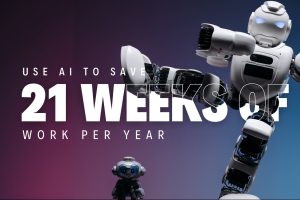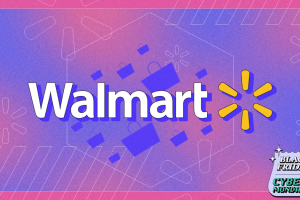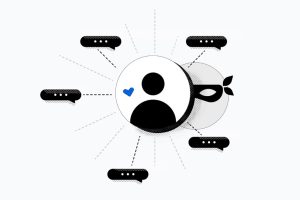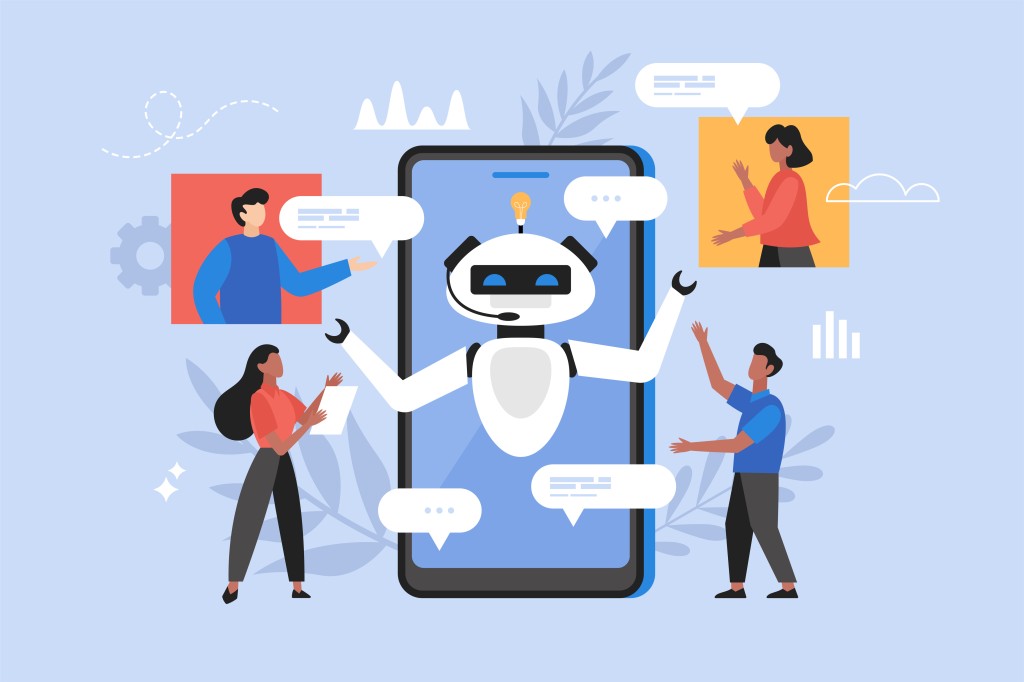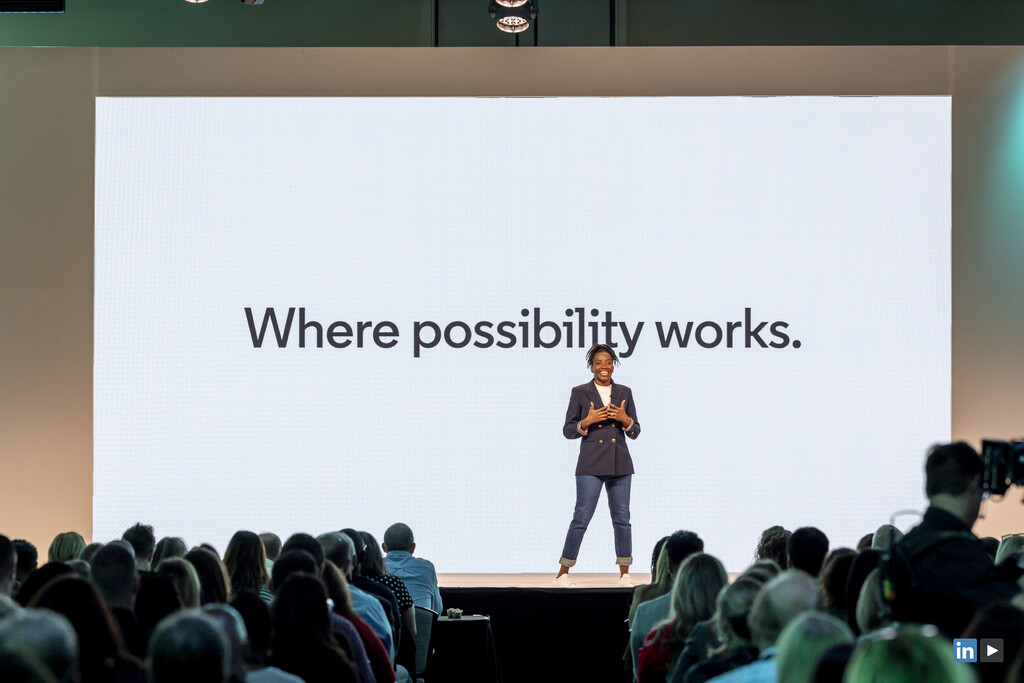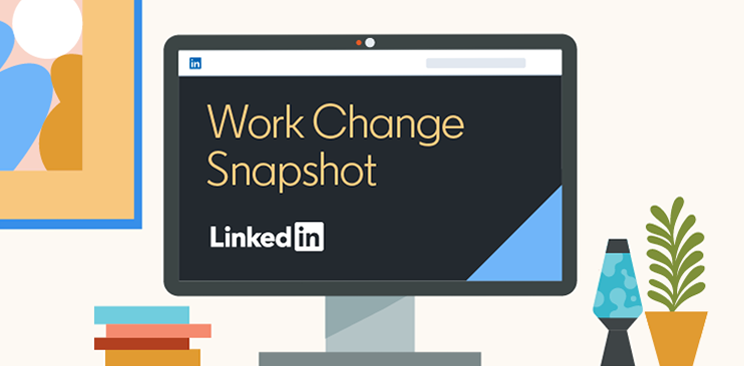Not another think piece about AI in recruiting.
I know, I know – there’s hardly a report that gets released these days that isn’t either evangelizing this new era of tech or demonizing its encroachment into our daily lives. AI is seen as instrumental in the next chapter of talent acquisition by some and as a dangerous and problematic concern by others.
Yet, as with most things in life, the truth naturally resides in a murky middle ground. So, we need to be embracing developments in technology and using them to our advantage while also not forsaking due diligence, upskilling, and caution.
AI is already transforming how we hire and recruit talent, and when leveraged properly, it can take the unwanted burdens of admin off our backs.
But despite the early glimmers of excitement, I think there is huge hesitation to get to grips with AI.
To get started, try simply talking to your AI
Earlier this year, I ran two wonderful workshops with a customer of ours who said that despite their best efforts only 20% of their recruiting team had adopted AI. They were flabbergasted: The company is pro AI and they had given employees loads of tools and enablement. But take-up was massively subpar.
When I came in, I shared a very straightforward tip: Talk to your AI.
It sounds so reductive and simple but it is an absolute game changer.
I demoed this during the workshops and it was the critical unlock for so many of the recruiters in the sessions. Treat AI like an assistant who is in the room with you and have a conversation. Start with simple tasks such as this:
“I have an interview to prep for next week, could you craft some behavioral questions for me? Could you create some based on SocialTalent’s company values and how they could tie into a head of marketing role. Create a rubric I can use to rate them around what good, bad, and mediocre responses look like.”
Blank screens and keyboards can be intimidating, but speaking freely can make the process seem so much more manageable and digestible. And there’s something so natural about it too — it can be a great means to get any slow starters into a habit of experimenting with AI.
When you’re introducing AI, remember to stick with the basics
There is always a fear and a friction around new technology, especially in its infancy. And it’s very easy for people to feel frozen. AI is hugely powerful and can seem dauntingly limitless. It creates a false perception that you have to be really competent and knowledgeable to be able to use it and that an incredible amount of upskilling is required to even get started.
This can be an enormous blocker. The company I was working with, for example, showed me their AI curriculum and it even scared me! So I can only imagine how their recruiters felt.
It’s this initial stage of adoption that’s so important, getting buy-in from people and leading with ease. No one is going to understand prompt engineering from day one. When it comes to learning any new skill, it has to be about the basics. When you’re teaching someone how to play football (soccer to more than a few of you out there), you don’t start by explaining the offside rule — they’d never play the sport again — you just get them to kick a ball.
It’s the same with AI. Overwhelm recruiters with too much information and they’ll become scared. They’ll be scared of what it might mean for their role and scared of what it might mean for their future. It’s too much and they’ll inevitably ignore it, hoping that the fad fades away.
But the sense in the air is that AI is way more than a fad — it’s here to stay. So, how do you make it more approachable?
Experiment with GAI tools that are intuitive and easy to play with
To be a designer, you have to learn Photoshop and all the different and complicated functionality that goes along with the software. It’s not something that is particularly intuitive or can be easily picked up and played around with. It takes skill and training.
A lot of people have this same perception of AI. But for me, this generation of generative artificial intelligence is actually more like Canva.
Canva has become so successful because of how user-friendly it is. And while it lacks the complete nuance and functionality of Photoshop, it is something that has a lower barrier to entry and can still create high-level design. Gen AI tools like ChatGPT or Claude are in this same vein — they are built to be accessible. And my biggest tip to help with this — for anyone who feels like typing out commands or prompts is too intimidating — is to use voice control.
Try it and get ready to be amazed.
Final thoughts: AI will allow recruiters to level up and do more
I often get asked what my advice is for recruiters with generative AI going forward, and I like to use this particular analogy:
Imagine you’re a bookkeeper in the early 1990s and you’ve just seen Excel for the first time. You’ve spent your whole career using written ledgers with your debits and credits and you think: “There’s no way I’m going near this technology” and you ignore it.
Those bookkeepers didn’t stay in their jobs for very long. It was the ones who embraced Excel and realized how it could transform their work that flourished. They could become faster, it removed manual admin, and freed up time to start analyzing finances, giving reports, and making projections. It increased the value they could add and created the modern accountants we know today.
I’d argue that we’re at a similar moment with AI. It represents an opportunity that will allow recruiters to level up and do more. So don’t be the stubborn bookkeeper from the early ’90s who said no to Excel because they were scared.
Be the one who embraced it. And if you’re struggling with how to incorporate AI into your working routines, I can’t recommend voice commands enough. Break the barrier down, see how useful this tech can be, and let it take some of the strain off your back!
This post was originally published in Johnny’s Talent Leadership Insights Newsletter.
Johnny Campbell is a serial disrupter in the world of talent and HR. As founder and CEO of SocialTalent, the learning platform that helps you get work-smart, he partners with some of the largest enterprises in the world (such as Disney, Cisco, and Ikea) to help them future-proof their organizations and build better workplaces.
